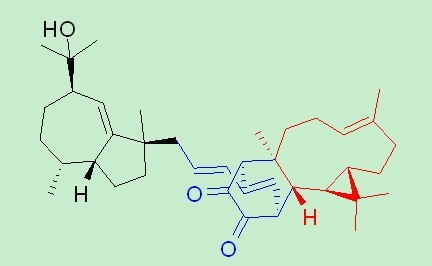Ethnic minorities living in Yunnan of China have accumulated a wealth of traditional botanical knowledge (TBK). Recently, a field survey in south and southeast of Yunnan was conducted by the LONG Chunlin group from Kunming Institute of Botany, Chinese Academy of Sciences. The group found that the local people such as De’ang and Ji’nuo had traditional ways of using Piper (Piperaceae) plants. For example, De’ang people used the roots of P. boehemeriaefolium to treat toothaches. The leaves of P. sarmentosum and P. nudibaccatum were used for food by Ji’nuo people. The mixture of P. nudibaccatum leaves and betel nuts was chewed by Ji’nuo people, who believed that it could protect teeth.
The chemical constituents of the three plants were further studied by LONG Chunlin and WANG Yuehu group. A series of known and new Piper amides, terpenoids, and alkenylphenols were isolate from these plants. Based on the results of bioassays and literature researches, some of these compositions showed the analgesic or antimicrobial activities.To some extent, the results proved the indigenous applications of the three Piper plants.
Piper plants include about 1000–2000 species. They are mainly distributed in the tropics, and approximately 60 species are found in China.
The study was funded by the Natural Science Foundation of Yunnan Province, China. The results were published in Journal of Natural Products (1: http://pubs.acs.org/doi/full/10.1021/np300703u; 2: 2011, 74: 45) and Planta Medica (https://www.thieme-connect.de/ejournals/abstract/10.1055/s-0032-1328400).

The structure of nudibaccatumone from Piper nudibaccatum




